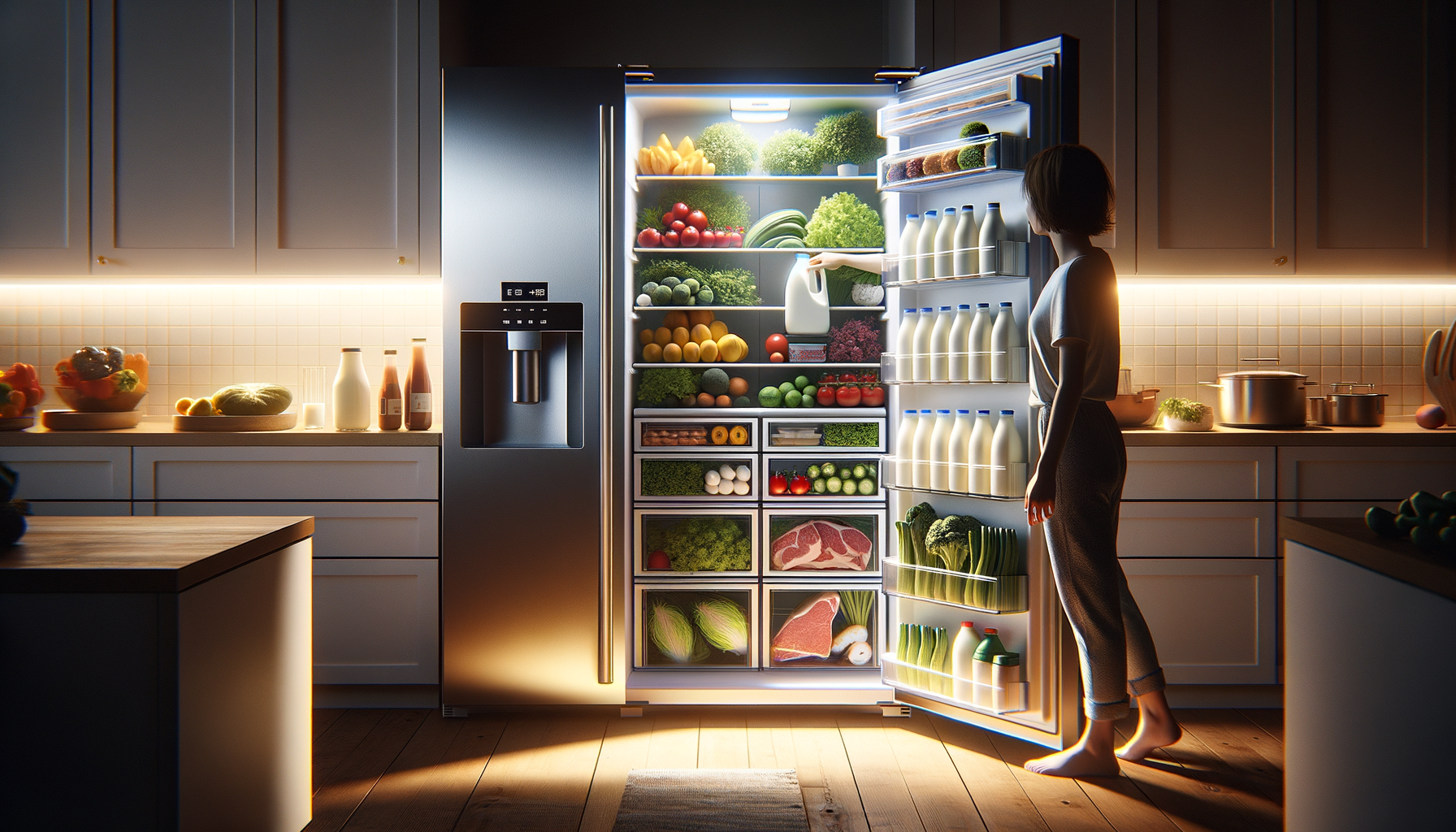Have you noticed how quickly your milk spoils? The answer might be hiding in your refrigerator door. Many of us unwittingly shorten the shelf life of our groceries simply by storing them in the wrong place. Here’s an insider look at optimizing your fridge for freshness and savings!
Reassessing Refrigerator Organization
Believe it or not, the layout of your refrigerator isn’t just about convenience. It’s about preserving the life of your food. Proper organization in your fridge can prevent premature spoilage and save you money in the long run. Let’s dive into why fridge organization matters.
The Common Milk Misplacement
For most, the refrigerator door seems like an intuitive spot for milk – it fits nicely, it’s easy to grab, and spills are no worry. But hold on! Experts reveal that this common practice might be leading to faster spoilage and increased wastage.
- Temperature Fluctuations: The door area is subject to frequent opening, creating inconsistent temperatures that are not ideal for perishable items like milk.
- Manufacturer Insight: Industry professionals recommend keeping dairy products on the middle shelves where temperatures are steadier, ensuring longevity.
Expert Tips from Salah Sun at Beko
Salah Sun, a knowledgeable figure in product management at Beko, stresses the importance of strategic refrigerator organization. According to Sun, the placement of your groceries not only affects their freshness but also their safety and your expenses. Let’s break down her advice.
- The Middle Shelf Advantage: Keeping dairy and certain perishables in the middle shelf can maintain a consistent environment, reducing the risk of spoilage.
- Impact on Food Waste: Reducing food spoilage means fewer replacements, which can significantly cut down on household waste and grocery spending.
| Refrigerator Zone | Ideal Items to Store | Temperature Stability |
|---|---|---|
| Bottom Shelf | Raw meats, seafood | Coldest section, suitable for highly perishable items |
| Middle Shelf | Dairy, leftovers, prepared foods | Consistent temperature, ideal for maintaining freshness |
| Upper Shelf | Ready-to-eat foods, herbs | Moderately cool, convenient for quick access |
| Fridge Door | Condiments, juices, non-dairy beverages | Least stable, best for robust items |
Maximizing Your Grocery Budget
Restructuring your refrigerator can have a bigger impact on your budget than you might think. By ensuring your food stays fresh longer, you naturally reduce the frequency of your grocery trips and save money on your overall food bill.
- Financial Savings: Consistently fresh produce means fewer trips to the store, reducing impulse buys and save you significant amounts over time.
Best Practices for Fridge Organization
Putting these tips into practice is straightforward and doesn’t take much time. Here’s a summarized guide to optimal fridge organization:
- Store raw meats and seafood on the bottom shelf where it maintains the coolest temperature.
- Use the middle shelf for dairy products and prepared meals for better temperature management.
- Organize ready-to-eat items and herbs on the upper shelf for easy access.
- Reserve the door storage for condiments and drinks that are less sensitive to temperature changes.
More Than Just Milk
The organization within your refrigerator can profoundly affect not just the freshness of your food but also translates to substantial savings on your grocery budget. With the proper storage strategy, you reduce food waste, ensure safety, and ultimately spend less on food.
Stay Smart and Save Big
Rethink your fridge strategy today. With these simple changes, your wallet and taste buds are bound for a treat.

